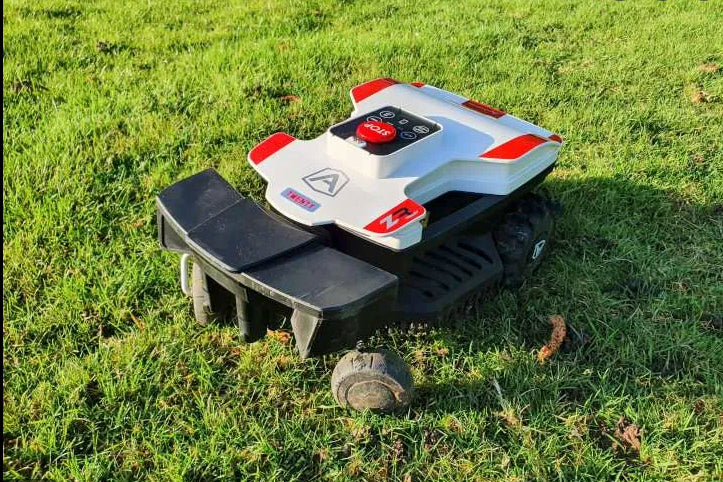Technology in the garden - new generation robot mowers

If you’ve been tempted by robot mowers but not yet taken the plunge, now might be a good time, as a new generation of robot mowers have seen major changes and advantages.
One of the big differences now is that rather than the robot mower following basic commands to drive until they come to a boundary wire, then turn and drive off again, the new robot mowers such as the Ambrogio Twenty ZR, uses data and radar sensors to detect lawn edges and obstacles to determine where it needs to go without boundary wires.
Whereas older robot mower systems required quite an involved, manually-installed boundary wire round the edge of the garden, these robot mowers need some basic setups to get the idea of where your lawn's boundaries are. Then it just works the rest out for itself. With older models you were limited to where it could go and for bigger or more complex lawns you needed to set up boundary wires for multiple zones. These new vision systems use cameras, and other sensors to see what is in front of them. This is similar to the technology of a self-driving car. When your robot mower can actually see what's in front of it there is no need to give it fences anymore.
New models have also become more sophisticated in other ways. The Ambrogio Twenty ZR model is fully autonomous, with a recharging dock that lives on the edge of a lawn, so when the battery gets low it heads home and recharges. It is also fitted with advanced electronics, high efficiency motors and large capacity batteries, enabling it to mow around 1000m2. And as a reminder, with all robot mowers, as well as meaning less work for you , because they’re battery charged, they emit no emissions and they’re incredibly quiet too.











